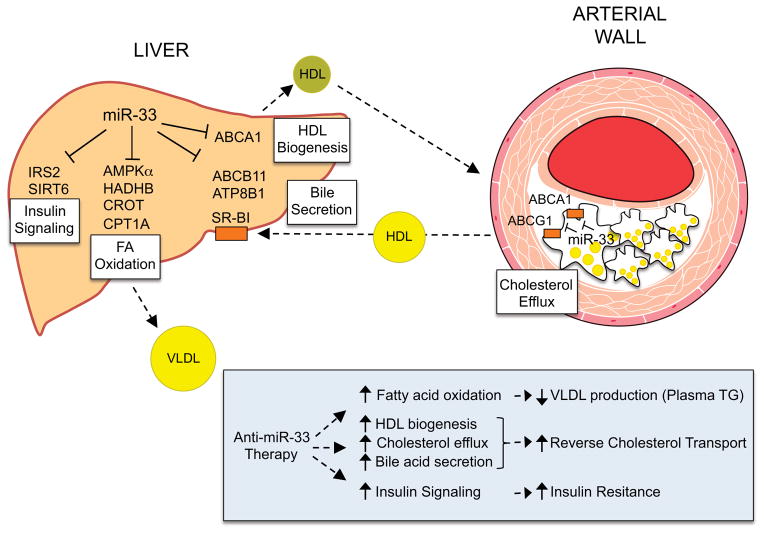Figure 1. miR-33 regulates lipid metabolism and insulin signaling.
In the liver miR-33 regulates the expression of genes involved in HDL biogenesis (ABCA1), fatty acid oxidation (CPT1A, CROT, HADHB and AMPKα), bile secretion (ABCB11 and ATP8B1) and insulin signaling (IRS 2 and SIRT6). In the periphery, including the arterial wall, miR-33 regulates cellular cholesterol efflux by controlling the expression of ABCA1 and ABCG1. The bottom box summarizes the potential therapeutical effects of anti-miR-33 therapy, including increasing plasma HDL levels, reverse cholesterol transport and insulin signaling, and reducing VLDL production

